1. New Braunfels, Texas
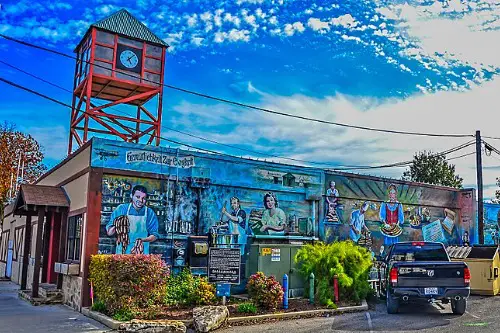
New Braunfels has been one of Texas’s fastest-growing cities for the past decade, and it shows no signs of slowing down. Located between Austin and San Antonio, this charming town has seen a 19.8% population increase since 2017. What’s fueling this growth? A booming local economy with an average annual GDP growth rate of 6.8%, plus a median household income of $79,336. The job market is thriving, with opportunities in industries like tech, manufacturing, and healthcare. Many professionals who are priced out of Austin are choosing to settle in New Braunfels, where they can enjoy a high quality of life while still being close to major job hubs, according to The New York Times.
But New Braunfels isn’t just about work—it’s about culture, history, and outdoor adventure. The city was founded in the 1800s by German immigrants, and its heritage is still alive today. Wurstfest, an annual festival celebrating German culture, brings thousands of visitors each year for bratwurst, beer, and traditional music. The Comal and Guadalupe rivers run through the city, providing endless opportunities for tubing, kayaking, and fishing. The historic Gruene district is home to the famous Gruene Hall, the oldest dance hall in Texas, where country music legends have performed for decades. As more people discover its unique blend of economic opportunity and small-town charm, New Braunfels is poised to become one of Texas’s hottest cities in the next five years.
2. North Port, Florida
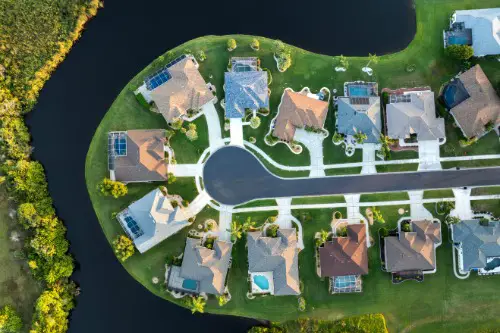
North Port has been steadily growing for years, but now, it’s booming like never before. Located in Sarasota County on Florida’s southwest coast, this city has seen its population rise by 28% since 2017. With its warm climate, proximity to beautiful Gulf Coast beaches, and relatively low cost of living compared to nearby cities like Tampa and Miami, it’s no wonder that so many people are choosing to move here. Housing development has increased by 43% to meet demand, and the median household income has climbed to $78,587—a remarkable 46% jump in just a few years. North Port is also seeing an influx of young professionals and remote workers looking to escape high-cost areas while still enjoying an excellent quality of life, according to Florida Today.
One of North Port’s biggest draws is its access to outdoor activities. The city is home to Warm Mineral Springs, a natural spring rumored to have healing properties, which attracts visitors from all over. Myakka River State Park, one of Florida’s largest and most beautiful nature preserves, offers hiking, kayaking, and wildlife watching. North Port’s location also provides easy access to cultural hotspots like Sarasota’s art scene and the historic charm of Venice. The city is investing heavily in infrastructure and development, with new schools, parks, and businesses popping up every year. As North Port continues to grow, it remains one of Florida’s best-kept secrets—though not for long. In five years, this city will be on everyone’s radar.
3. Georgetown, Texas
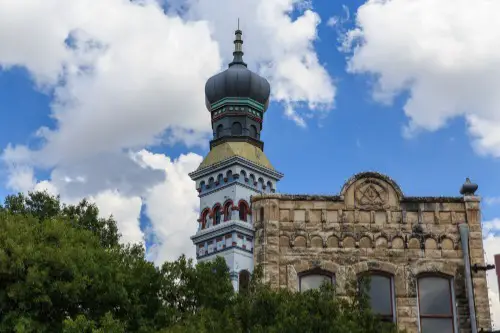
Georgetown has long been known for its historic charm, but lately, it’s also become an economic powerhouse, according to FOX7 Austin. This city, located just north of Austin, has seen a 22.4% population increase since 2017, and its economy is growing at an impressive rate. The average annual GDP growth sits at 6.9%, and the median household income has reached $97,533, making it one of the most prosperous small cities in Texas. With major employers moving in and the cost of living in Austin skyrocketing, Georgetown is attracting more families, young professionals, and retirees looking for affordability and opportunity.
Georgetown’s historic downtown is one of its biggest attractions, featuring beautifully preserved Victorian-era buildings, boutique shops, and local restaurants. The city is also home to Southwestern University, the oldest higher-learning institution in Texas, which contributes to its vibrant arts and culture scene. The annual Red Poppy Festival, named after the bright red flowers that bloom across the city in spring, brings thousands of visitors each year to celebrate music, food, and community. But what really sets Georgetown apart is its commitment to sustainability—it was the first city in Texas to run entirely on renewable energy. With its combination of historic charm, a booming economy, and a focus on green energy, Georgetown is well on its way to becoming one of the most desirable small cities in the country.
4. South Jordan, Utah
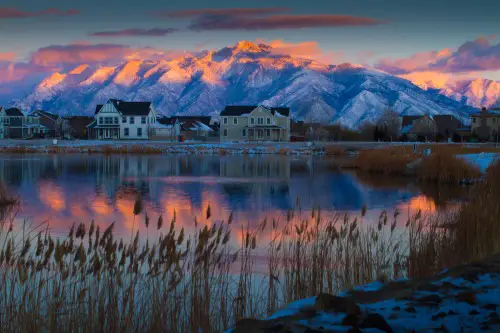
South Jordan is quickly becoming one of Utah’s most desirable places to live, according to the South Jordan City website. Located in the Salt Lake Valley, it offers the perfect mix of city convenience and outdoor adventure. The city has grown by 17.7% since 2017, and its economy is thriving, with a median household income of $118,560. As part of Utah’s booming Silicon Slopes region, South Jordan is seeing rapid job growth, particularly in the tech and healthcare industries. With major companies like Adobe and Qualtrics expanding in the area, high-paying jobs are attracting new residents at a record pace.
One of South Jordan’s most exciting developments is Daybreak, a massive master-planned community designed with sustainability in mind. Featuring beautiful homes, parks, lakes, and walkable neighborhoods, Daybreak has become one of the most sought-after places to live in Utah. Residents can enjoy hiking in the nearby Wasatch Mountains, skiing in the winter, and exploring the city’s many trails and parks. South Jordan’s public schools are among the best in the state, making it a top choice for families. With its strong economy, outdoor recreation, and innovative urban planning, South Jordan is set to experience even more growth over the next five years.
5. Fort Myers, Florida
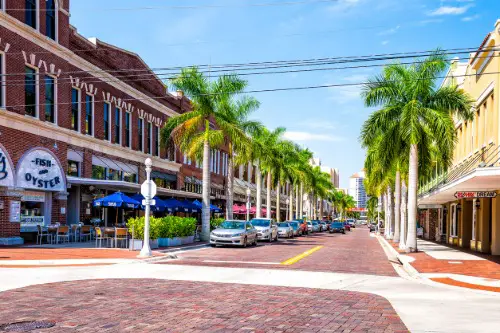
Fort Myers has long been known as a retirement destination, but that reputation is quickly changing. Over the past five years, its population has grown by 20%, and more young professionals and families are moving in, according to US News Real Estate. The local economy is thriving, with an annual GDP growth rate of 4.3% and a rising median household income of $62,981. One of Fort Myers’ biggest advantages is Florida’s lack of state income tax, making it an attractive option for those looking to maximize their earnings. The city is also investing in infrastructure and development, with new housing communities, shopping centers, and job opportunities emerging every year.
Fort Myers has something for everyone. Its revitalized downtown area is home to trendy restaurants, art galleries, and a thriving nightlife scene. The city’s location along the Caloosahatchee River offers stunning waterfront views, boating opportunities, and some of the best fishing in Florida. Just a short drive away, Sanibel and Captiva Islands provide pristine beaches and world-class shelling. As Fort Myers continues to grow, it’s transforming into more than just a retirement hotspot—it’s becoming one of Florida’s most exciting small cities.
6. Sioux Falls, South Dakota
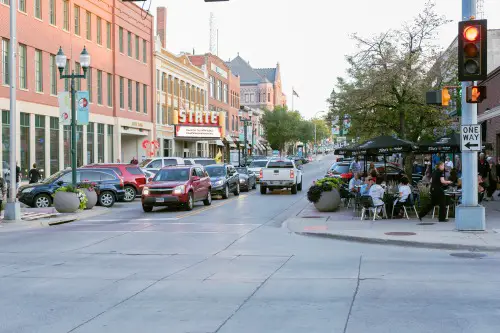
Sioux Falls has recently emerged as a hotspot for homebuyers, climbing 131 spots in Realtor.com’s September 2024 Hottest Housing Markets. With a median home price of $358,000—$67,000 below the U.S. median—it’s an attractive option for those seeking affordability without sacrificing quality of life. Homes here spend an average of just 39 days on the market, indicating a robust and active real estate scene. The city’s strong job market is bolstered by major employers like Sanford Health and Wells Fargo, providing stability and opportunities for residents.
Beyond its economic appeal, Sioux Falls offers a vibrant community atmosphere. The city boasts a variety of cultural events, recreational activities, and a growing culinary scene that caters to diverse tastes. The Big Sioux River runs through the heart of the city, providing scenic beauty and outdoor activities like kayaking and biking along the riverfront trails. As more people discover the benefits of living in Sioux Falls, it’s poised to continue its upward trajectory, making it a city to watch in the coming years.
7. Evansville, Indiana
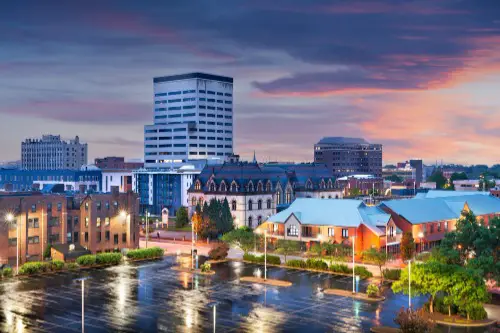
Once a thriving industrial hub, Evansville experienced economic decline in the late 20th century. However, the city is now undergoing a significant urban transformation, revitalizing its downtown area with new housing, a burgeoning arts scene, and numerous local businesses. This resurgence is driven by affordable housing, flexible work environments, and substantial investments aimed at turning the Rust Belt into the “Silicon Heartland.” The rise of remote work and the influx of immigrant communities have also contributed to Evansville’s revitalization.
Evansville’s commitment to redevelopment is evident in projects like the renovation of historic buildings into modern lofts and the establishment of new public spaces that encourage community engagement. The city’s Riverfront Park has become a focal point for festivals and gatherings, while the arts district showcases local talent and fosters creativity. As Evansville continues to embrace change and attract new residents, it’s set to experience significant growth in the next five years.
8. Kokomo, Indiana
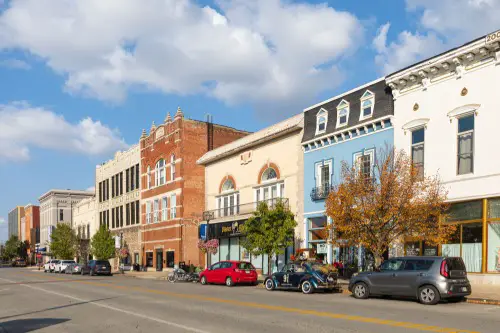
Kokomo is experiencing a significant transformation due to substantial investments from South Korean companies. The establishment of Starplus Energy, a $6.3 billion joint venture focusing on battery production, has attracted many Korean nationals, doubling the town’s Asian population and revitalizing previously declining areas. This influx has led to the opening of various Korean businesses, including restaurants, grocery stores, and churches, introducing new cultural elements to the community.
The economic boost from these investments has spurred job creation and infrastructure development in Kokomo. The city’s efforts to accommodate and integrate the growing Korean community have fostered a multicultural environment that enriches the local culture. As Kokomo continues to evolve with these developments, it is poised for significant growth in the coming years.
9. Haines City, Florida
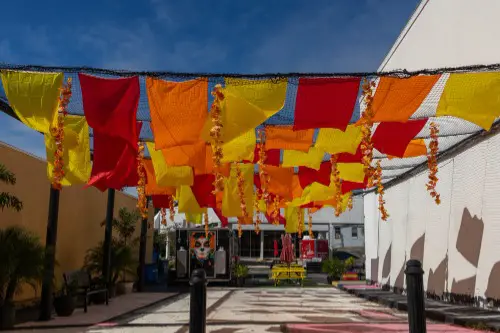
Haines City, once known for its extensive citrus groves, has seen an influx of nearly 30,000 new residents recently, making it a top destination for new moves in the U.S. This shift is attributed to the appeal of more tranquil, affordable living conditions and the rise of remote work. The city’s proximity to major attractions in Florida, combined with its small-town charm, makes it an attractive option for those seeking a balance between work and leisure.
The rapid growth has led to increased diversity and economic changes in Haines City. New housing developments are accommodating the influx of residents, and local businesses are thriving as the population expands. The transformation from agricultural lands to residential areas is noticeable, reflecting the city’s evolution to meet the needs of its growing community. As Haines City continues to develop, it is set to experience significant growth in the next five years.
10. Leander, Texas
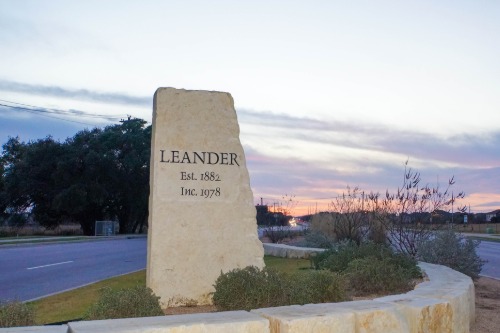
Leander, a suburb just west of Round Rock in the Austin metropolitan area, has experienced rapid growth in recent years. The city’s population grew from 35,280 residents to 62,608 residents from 2014 to 2019, reflecting an annual growth rate of 12.2%. New residents are attracted to Leander’s quality schools and outdoor recreational activities, making it an appealing destination for families and individuals seeking a high quality of life.
Leander’s strategic location offers residents easy access to the amenities of Austin while providing a more relaxed suburban environment. The city’s investment in infrastructure and community services has kept pace with its growth, ensuring that residents enjoy a high standard of living. With its combination of economic opportunities, excellent education options, and recreational amenities, Leander is poised for continued growth in the coming years.
11. Herriman, Utah
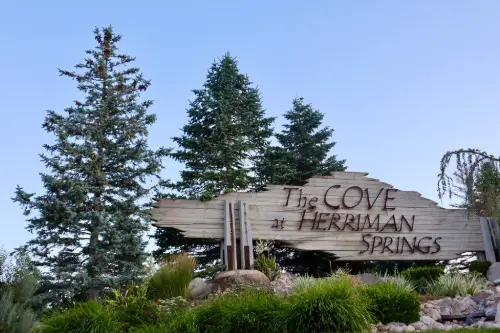
Located in the southwest corner of the Salt Lake City metropolitan area, Herriman has emerged as a fast-growing suburb. The city was incorporated in 1999 and experienced significant growth from 2014 through 2019, with its population increasing from 28,461 residents to 51,348. This compounded annual growth rate of 12.5% makes it the fastest-growing small city in the nation during that period.
Herriman’s appeal lies in its blend of suburban tranquility and access to urban amenities. The city offers a range of housing options, quality schools, and recreational facilities that attract families and professionals alike. Its proximity to Salt Lake City provides residents with employment opportunities and cultural experiences, while Herriman itself fosters a close-knit community atmosphere. As the city continues to develop and attract new residents, it is set for significant growth in the next five years.
12. Concord, North Carolina
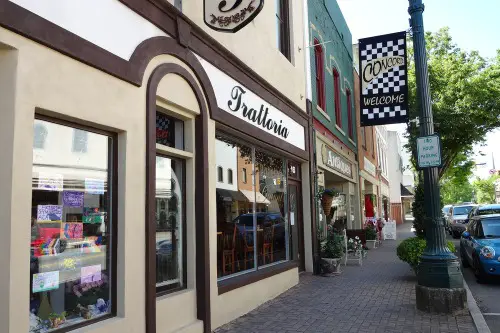
Concord, located near Charlotte, is experiencing rapid growth, with an average annual growth rate of 3.51% projected between 2020 and 2025. The city’s strategic location offers residents the benefits of a smaller community while being close to the amenities of a major metropolitan area. Concord’s growing economy, affordable housing, and quality of life make it an attractive destination for new residents.
The city boasts a variety of attractions, including the Charlotte Motor Speedway and a vibrant downtown area with shops, restaurants, and cultural venues. Concord’s commitment to economic development and community engagement has created a dynamic environment that appeals to individuals and families seeking a balanced lifestyle. As more people discover the advantages of living in Concord, the city is poised for continued growth in the coming years.
13. Visalia, California
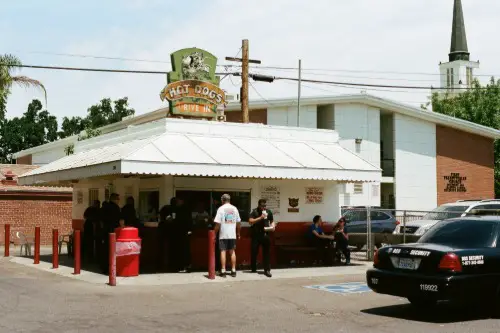
Visalia, situated in California’s San Joaquin Valley, is projected to experience an average annual growth rate of 3.39% between 2020 and 2025. The city’s economy is driven by agriculture, manufacturing, and retail, providing a diverse range of employment opportunities. Visalia’s affordability compared to California’s coastal cities makes it an attractive alternative for families and young professionals looking to escape high-cost areas like Los Angeles and San Francisco while still enjoying a strong job market. The median home price in Visalia is significantly lower than in California’s major metropolitan areas, which has helped fuel migration to the city. Additionally, Visalia is known for its top-rated schools and healthcare facilities, adding to its appeal for families and retirees alike.
One of Visalia’s biggest draws is its proximity to some of the most stunning natural landscapes in the country. Located just 35 miles from Sequoia and Kings Canyon National Parks, residents have easy access to world-class hiking, camping, and sightseeing. The city itself has a charming downtown area filled with historic buildings, boutique shops, and a thriving food scene that celebrates the region’s agricultural heritage. As Visalia continues to grow, infrastructure projects and economic investments are helping the city adapt to its rising population. With its strong economy, affordability, and unbeatable access to nature, Visalia is set to become one of California’s top up-and-coming small cities in the next five years.


